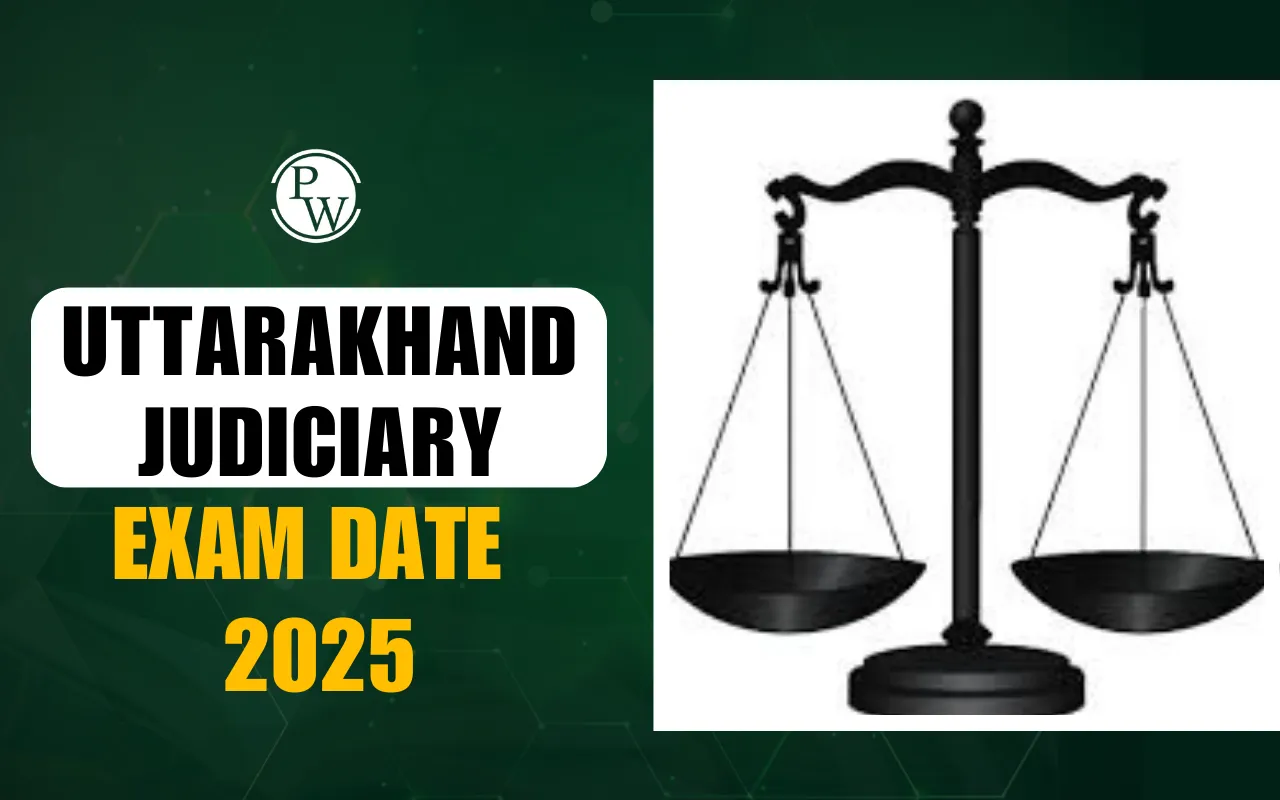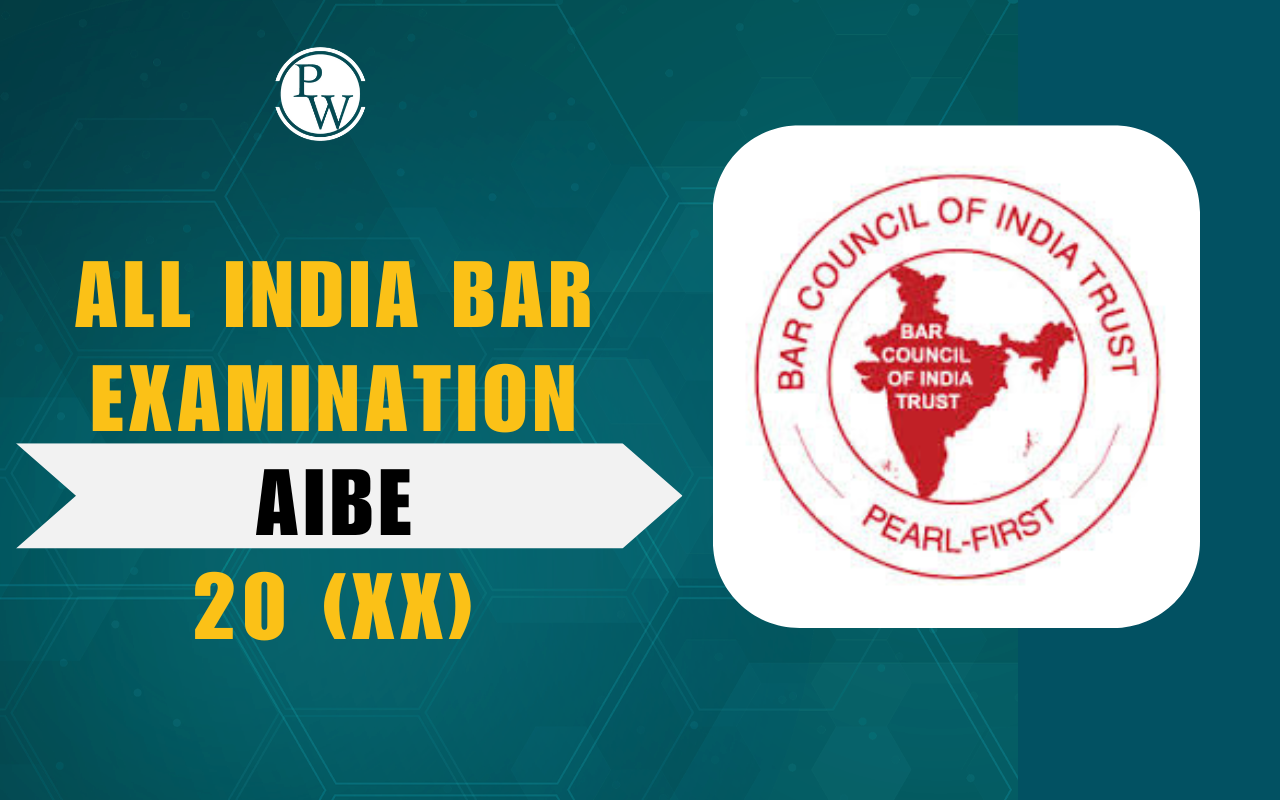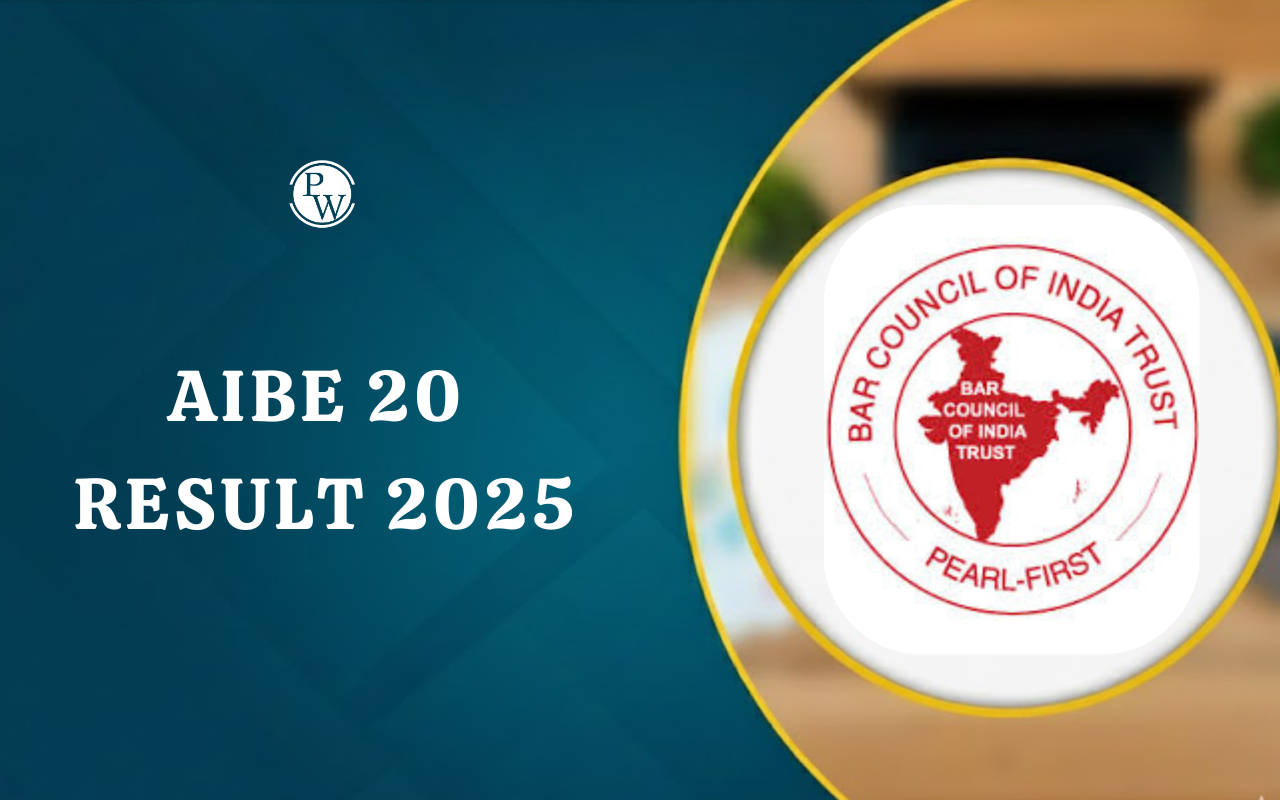
Indian Penal Code 1860 (IPC): The Indian Penal Code (IPC) 1860 is the principal criminal code of India, enacted to define offenses and prescribe punishments for various crimes. It provides a comprehensive framework for criminal law, covering a wide range of offenses from theft and murder to defamation and public order. The IPC aims to maintain law and order in society and ensure justice by establishing legal standards for criminal behavior. Over the years, it has undergone several amendments to address changing societal norms and emerging crimes.
Introduction to Indian Penal Code 1860 and The Bharatiya Nyaya Sanhita 2023
The Indian Penal Code (IPC) 1860 is the foundational criminal law of India, designed to define offenses and prescribe punishments, reflecting the legal framework inherited from British colonial rule. It encompasses a wide range of crimes and aims to provide justice and deterrence. In contrast, the Bharatiya Nyaya Sanhita (BNS) 2023 is a proposed reformative measure aimed at modernizing and simplifying India's criminal justice system. The BNS seeks to address contemporary societal issues, incorporate victim-centric approaches, and ensure greater accountability, thereby reflecting evolving values and the need for a more responsive legal framework. Together, they illustrate the progression of criminal law in India from a colonial legacy to a contemporary, inclusive approach.Amendments of the Indian Penal Code 1860
The Indian Penal Code (IPC) 1860 has undergone various amendments since its enactment to address evolving societal needs and legal challenges. Here’s an overview of significant amendments to the IPC.
- Amendment in 1983 : Expanded the definition of rape under Section 375, addressing various forms of sexual assault and providing greater protections for women.
- Amendment in 2013 : Following the Delhi gang rape case, this amendment strengthened laws against sexual offenses, introducing the definition of new offenses such as acid attacks and increasing punishments for rape and sexual assault. Introduction of Section 376A (punishment for causing death or resulting in persistent vegetative state of victim) and Section 376E (punishment for repeat offenders) to the IPC was done.
- Amendment in 2018: Enhanced penalties for offenses against women and children, including provisions for the death penalty for the rape of minors under 12 years (Section 376AB).
Objective & Aim of Bharatiya Nyaya Sanhita 2023
The Bharatiya Nyaya Sanhita (BNS) 2023 aims to reform and modernize India's criminal justice system by simplifying and consolidating existing laws to enhance clarity and accessibility. One of its primary objectives is to improve the efficiency of justice delivery, thereby reducing delays in trials and ensuring timely justice for all. The Bharatiya Nyaya Sanhita 2023 aspires to create a more just, transparent, and responsive legal system that reflects the values of a modern democracy.
- Simplification of Laws: To simplify and consolidate existing criminal laws for better understanding and application.
- Efficiency in Justice Delivery: To reduce delays in the judicial process and enhance the speed of trials.
- Victim-Centric Approach: To prioritize the rights and interests of victims in the criminal justice system.
- Preventive Measures: To introduce measures aimed at preventing crime and enhancing public safety.
Scheme of the Indian Penal Code 1860 and the Bharatiya Nyaya Sanhita 2023
The Indian Penal Code 1860 is divided into 511 sections and 23 chapters in total. Contrary to this, the Bharatiya Nyaya Sanhita 2023 includes 358 sections. Most of these sections are derived from IPC and have been altered and modified. Moreover, a few sections have been removed and some sections have been added.| Indian Penal Code 1860 | Bharatiya Nyaya Sanhita 2023 | ||
| Chapter | Particulars | Chapter | Particulars |
| I | Introduction and definitions (Sections 1-5) | I | General Explanations, Application, Short title, Commencement, Definitions, (Sections 1-3) |
| II | Definitions and general explanations (Sections 6-52A) | - | General explanations (Sections 4-13) |
| III | Punishments and fines (Sections 53-75) | II | Fines (Sections 4-13), Commutation, Punishments |
| IV | Exceptions and defenses (Sections 76-106) | III | Defenses (Sections 14-44), Similar exceptions |
| V | Abetment details (Sections 107-120) | IV | Attempt (Sections 45-62), Conspiracy, Abetment |
| V-A | Definition and punishment (Sections 120A-120B) | - | Integrated in Chapter IV (Sections 61-62) |
| VI | State offenses (Sections 121-130) | VII | Updated provisions on state offenses (Sections 147-158) |
| VII | Armed forces offenses (Sections 131-140) | VIII | Similar provisions for armed forces (Sections 159-168) |
| VIII | Public tranquility (Sections 141-160) | XI | Similar provisions (Sections 189-197) |
| IX | Public servant offenses (Sections 166-171) | XII | Public servant offenses (Sections 198-205) |
| IX-A | Election offenses (Sections 171A-171I) | IX | Updated election offenses (Sections 169-177) |
| X | Contempt offenses (Sections 172-190) | XIII | Similar provisions (Sections 206-226) |
| XI | False evidence and public justice (Sections 191-229A) | XIV | False evidence and public justice (Sections 227-269) |
| XII | Coin and stamp offenses (Sections 230-263A) | X | Coin, stamp offenses (Sections 178-188), currency |
| XIII | Weights and measures offenses (Sections 264-267) | - | - |
| XIV | Health and morals offenses (Sections 268-294A) | XV | Health, safety, decency, morals (Sections 270-297) |
| XV | Religion-related offenses (Sections 295-298) | XVI | Similar provisions (Sections 298-302) |
| XVI | Human body offenses (Sections 299-377) | VI | Offenses against the body (Sections 100-146) |
| XVII | Property offenses (Sections 378-462) | XVII | Property offenses (Sections 303-334) |
| XVIII | Document and property mark offenses (Sections 463-489E) | XVIII | Document and property mark offenses (Sections 335-350) |
| XIX | Breach of contract offenses (Sections 490-492) | - | Integrated in Chapter XIX (Section 357) |
| XX | Marriage offenses (Sections 493-498) | - | Integrated in Chapter V (Sections 81-85) |
| XX-A | Cruelty offenses (Section 498A) | - | Integrated in Chapter V (Section 86) |
| XXI | Defamation offenses (Sections 499-502) | - | Integrated in Chapter XIX (Section 356) |
| XXII | Intimidation and insult offenses (Sections 503-510) | XIX | Intimidation, insult, annoyance, defamation, etc (Sections 351-355) |
| XXIII | Attempt offenses (Section 511) | IV | Similar provisions (Section 62) |
| - | - | XX | Repeal and Savings (Section 358) |
Salient Features of Indian Penal Code 1860 and Bharatiya Nyaya Sanhita 2023
The Indian Penal Code 1860, established during the British era, provides an extensive legal framework which covers comprehensive criminal laws. The Bharatiya Nyaya Sanhita 2023 modernizes this framework, addressing contemporary issues like cybercrimes and introducing alternative sentencing options like "Community Service."| Features | Indian Penal Code 1860 (IPC) | Bharatiya Nyaya Sanhita 2023 (BNS) |
| Establishment | To define offenses and prescribe punishments | To modernize and reform the criminal justice system by replacing the Indian Penal Code 1860. |
| Scope and Nature | Exhaustive in covering extensive criminal laws, with additional legislation for other offenses. | Designed to modernize the legal framework to address contemporary societal needs and issues related to technological advancements such as cybercrimes, organized crimes, and terrorism. |
| Structure | Comprehensive code divided into sections applicable to individuals of Indian ancestry. | Consolidated and simplified provisions, streamlining rulings to enhance clarity and accessibility. |
| Provisions and Jurisdictions | Comprises 511 sections addressing various types of crimes. | Comprises 358 sections eliminating outdated provisions like "adultery." |
| Technology Adaptation | Limited reference to technological advancements | Incorporates provisions for cybercrimes and technology |
| Provisions of Punishment | Traditional penalties focused on incarceration and fines. | Introduces "Community Service" as an alternative sentencing option, emphasizing rehabilitation and reintegration. |
| Addressing Sensitive Issues | Includes terms like "sedition" with traditional legal definitions. | Replaces "sedition" with "safeguarding national security and sovereignty," balancing national interests and free speech. |
| Appeal and Revision | Standard appeal provisions | Streamlined appeal processes for efficiency |
What’s Different in Bharatiya Nyaya Sanhita 2023?
The Bharatiya Nyaya Sanhita 2023 represents a significant evolution of India’s criminal justice system, aiming to create a more modern, inclusive, and responsive legal framework. By prioritizing victims, simplifying legal processes, incorporating restorative justice, and addressing contemporary issues such as cyber crime, the BNS seeks to enhance justice delivery and better serve the needs of society in a rapidly changing world.
- Victim-Centric Approach
- Offences Against the Body
- Sexual Offences Against Women
- Organized Crime
- Regulatory Measures
- Terrorism
- Mob Lynching
Judicial Precedents of the Indian Penal Code 1860 Provisions
Several landmark judgments have shaped the interpretation and application of the Indian Penal Code 1860. Some of them are as follows.
- Tukaram vs. State of Maharashtra (1979)
- Mobarik Ali Ahmed vs. State of Bombay (1957)
- Joseph Shine vs. Union of India (2018)
- Laxmi vs. Union of India (2014)
| Judiciary Other Related Topics | |
| Judiciary Exam Eligibility 2025 | Best Judiciary Coaching in Delhi |
| APO Exam Eligibility 2025 | Judiciary Exam Syllabus 2025 |
Indian Penal Code 1860 (IPC) FAQs
How many times has the IPC been amended?
The Indian Penal Code has been amended more than 75 times.
Who wrote IPC in India?
The Indian Penal Code was drafted in 1834 by the first Law Commission, which was chaired by Thomas Babington Macaulay.
Is IPC 1860 bailable?
Some examples of bailable offences under the Indian Penal Code (IPC) are theft, cheating, forgery, criminal force, assault, criminal, and breach of trust.
When was the IPC passed?
The Indian Penal Code was passed on 6th October 1860.
What is the new name of IPC?
The new name of the IPC is Bharatiya Nyaya Sanhita. The Bharatiya Nyaya Sanhita (BNS) 2023 is a proposed reformative measure aimed at modernizing and simplifying India's criminal justice system.
🔥 Trending Blogs
Talk to a counsellorHave doubts? Our support team will be happy to assist you!

Check out these Related Articles
Free Learning Resources
PW Books
Notes (Class 10-12)
PW Study Materials
Notes (Class 6-9)
Ncert Solutions
Govt Exams
Class 6th to 12th Online Courses
Govt Job Exams Courses
UPSC Coaching
Defence Exam Coaching
Gate Exam Coaching
Other Exams
Know about Physics Wallah
Physics Wallah is an Indian edtech platform that provides accessible & comprehensive learning experiences to students from Class 6th to postgraduate level. We also provide extensive NCERT solutions, sample paper, NEET, JEE Mains, BITSAT previous year papers & more such resources to students. Physics Wallah also caters to over 3.5 million registered students and over 78 lakh+ Youtube subscribers with 4.8 rating on its app.
We Stand Out because
We provide students with intensive courses with India’s qualified & experienced faculties & mentors. PW strives to make the learning experience comprehensive and accessible for students of all sections of society. We believe in empowering every single student who couldn't dream of a good career in engineering and medical field earlier.
Our Key Focus Areas
Physics Wallah's main focus is to make the learning experience as economical as possible for all students. With our affordable courses like Lakshya, Udaan and Arjuna and many others, we have been able to provide a platform for lakhs of aspirants. From providing Chemistry, Maths, Physics formula to giving e-books of eminent authors like RD Sharma, RS Aggarwal and Lakhmir Singh, PW focuses on every single student's need for preparation.
What Makes Us Different
Physics Wallah strives to develop a comprehensive pedagogical structure for students, where they get a state-of-the-art learning experience with study material and resources. Apart from catering students preparing for JEE Mains and NEET, PW also provides study material for each state board like Uttar Pradesh, Bihar, and others
Copyright © 2025 Physicswallah Limited All rights reserved.
Get App









